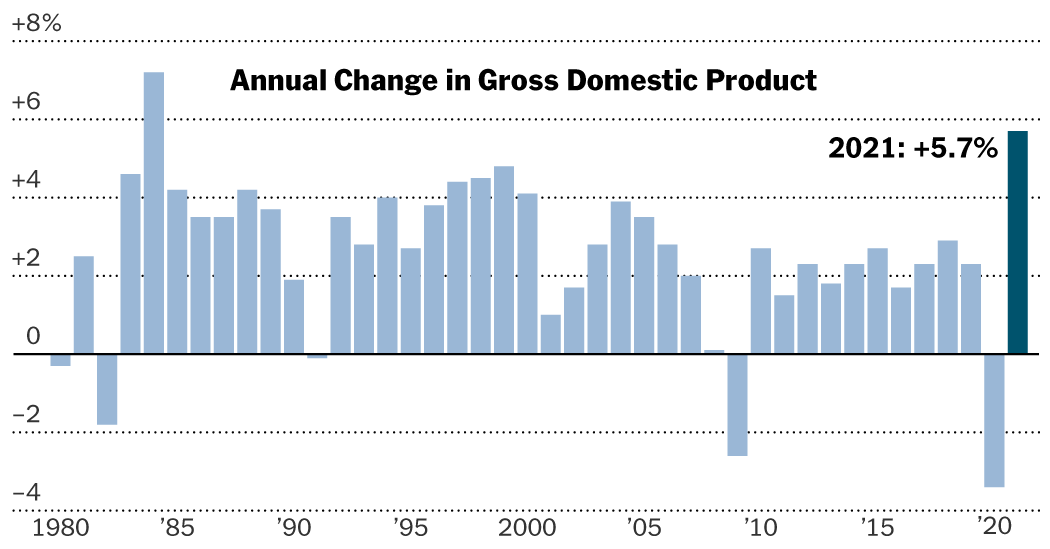
Even so, the average business owner “sees a very strong environment right now,” said Oren Klachkin, the lead economist for U.S. industry and regional research at Oxford Economics. “They want to ramp up investment because they want to meet that demand — and they have every reason to invest.”
Jeff Somple, the president of Mack Molding — a contract manufacturer in Arlington, Vt., that creates custom components and full products for other companies — said business had been profitable, booming even. But staffing and nagging supply hurdles have meant his factories’ production capacity can’t keep up. His team has often had to turn down orders as a result.
“Every day, our No. 1 challenge is chasing down the parts that we need to make the products,” whether that’s raw resin or a circuit board from China, and then “scrambling to find enough people” to work on assembly, he said.
The company has raised entry-level pay to about $15 an hour and average wages to roughly $20 an hour. That didn’t stop a rush of employees from quitting or switching careers just as business was picking up.
Some preferred work-from-home opportunities, Mr. Somple said, or the option for more flexible hours than those on offer at a factory floor. Of those who have remained, many have been absent because of the spread of Covid-19 infections this winter: “It’s kind of Whac-a-Mole here when we come in on Monday and we ask, ‘Who’s showing up to work and what parts are showing up that we can put into the products that we make?’”
When bidding for circuit boards, the lead time — the number of days from when an order is placed to when those items arrive at a plant — has been a year in some cases. “We might have 30 different suppliers that we’re depending on to make one product,” he explained. “So if one supplier has a problem and lets us down, you know we could be shutting down an entire production line that has 20 people working on it because we can’t get this one thing.”
Leisure, hospitality, travel and other related service-based sectors are bracing for the worst of winter and what’s left of the Omicron surge, while gearing up for what businesses and consumers hope will be a lively return to something resembling normal.







